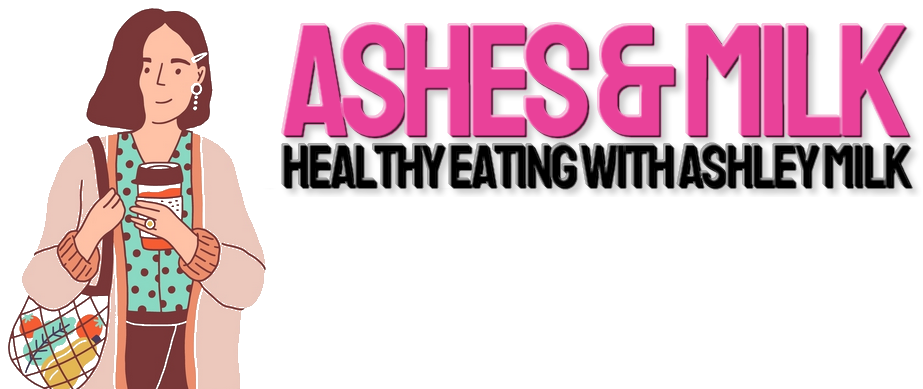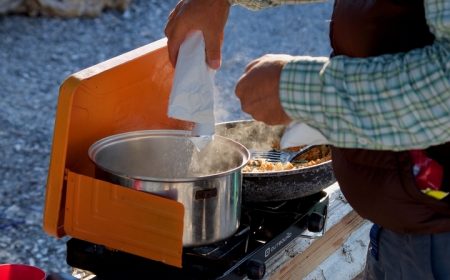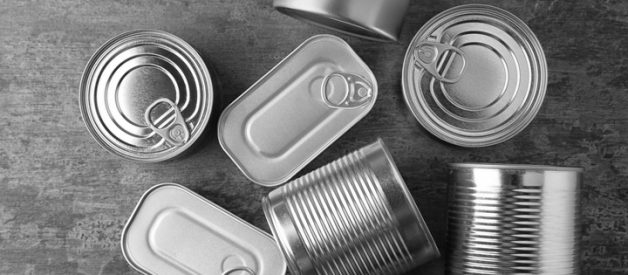Food is a very sensitive commodity. The last thing you want are leaks in your food packaging. Although food leaks may be undetectable to the naked eye, they help harmful bacteria to grow, which may cause food poisoning. Failure to detect leaks in food packaging could result in dire consequences. What then can you do to be sure your food packaging is free of leaks? Leak detection equipment is the answer!
With a little ingenuity, you can detect leaks in your food packaging. The methods discussed here should help you detect food-packaging leaks.
1. Discover Packaging Leaks by Measuring Ultrasonic Sound Waves

A leaking food package produces a sound undetectable to your naked ear. These sounds can, however, be easily picked by an ultrasonic measuring device. This device is especially useful in detecting very low leaks. It gives you intelligence, which, if acted on, can save you a lot of embarrassment, lawsuits, and money. Visit the Flexpak inc website for more information.
2. Machine Vision Testing Equipment

This involves the use of a specialized leak detection equipment that combines a computer and a camera to visually check food packages for leaks. It is an updated version, highly efficient, and can easily pick leaks as small as five millimeters.
3. Spraying Helium over Food Packages

This involves spraying Helium over a food package you suspect has a leakage. A sensor then picks which package or section absorbs the gas to confirm leakage.
4. Measuring the Extent of Vacuum Decay

This leak detection equipment measures the reduction of pressure. By creating a vacuum, it measures, over time, the measure of pressure. A reduction is a sure indication of a leak in your food package.
5. Submerging the Suspect Food Package in Water

Unlike other methods that use commercial leakage detection equipment, this is a simple method anyone can use. Any type of packaging can use this method. However, the material should be waterproof.
Submerge the food package in water and see if there are bubbles, which indicate leakage, in which case the packaging and its contents should be thrown away.
6. Simulate Altitude

If you are packaging goods to be transported by air, altitude simulation is necessary. This is not a test to be carried out when goods are airborne; otherwise, it will make no sense. You will need to simulate high altitudes by creating a vacuum. An expert can help you carry out this exercise in your factory before shipping out the goods.
7. Dry Chamber Technique

This technique is useful when testing packaged liquid products for leaks. Place the package in a chamber and then into a vacuum. Using an absorbent material, check whether there is leakage. Any sign of wetness in the absorbent material indicates leakage.
Leak detection is key when packaging food. The various testing methods in use aim at eliminating leaks in food packaging. Besides protecting your reputation and profits, making sure your food packaging is leak-free could also save you the embarrassment of angry customers threatening to drag you, and your profits, to court.









